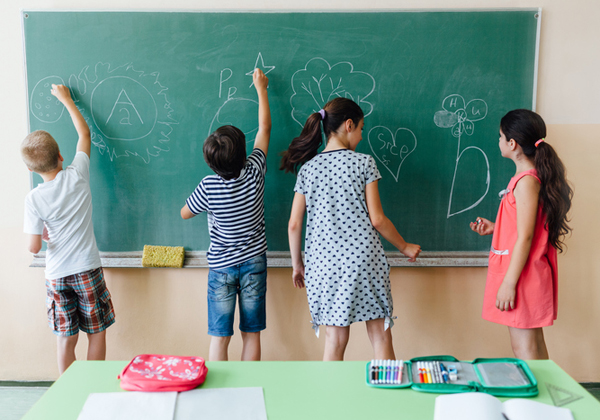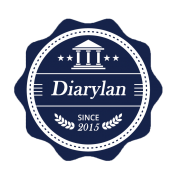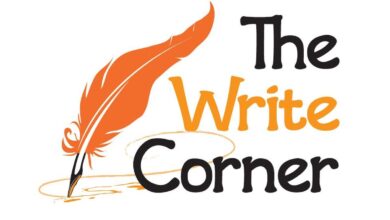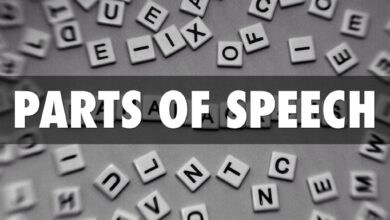Classroom Activities that Work around the World

We want to thank you for following us! This compilation includes the 10 best activities that we have come across since we embarked on this project, throughout the 3 languages we work with. These are our readers’ favorites, and all of them have given great results in class. They are a guaranteed success! Are you in? Here we go!
The Animal Book activity
Getting students to write their own animal book is lots of fun, and tests their creativity! Each year, Adriana puts her students’ investigation and creation skills to the test. Here is how she does it:
- We begin by choosing an animal.
- We ask ourselves several questions about the animal: “What does it eat?” “What does it look like?” “Where does it live?” etc.
- We look at other animal books to find our answers.
- Once we have finished the investigation, it is time to write what we have learned down to create our own animal books!
The Listening Corner activity
In their article, Judit and José Antonio share several activities to help handle student emotions in class. Our favorite one, for its simplicity and originality, is the listening corner:
In order to create a listening corner, we just need to draw a big ear and some pictograms of the basic emotions, and put it in a corner. Our students can go there to stop for a second and reflect on how they’re feeling. They can express feelings in written or oral form, talk about them to the big ear, or to one of their classmates. This activity is great to develop their self-control. It also fosters their self-expression and helps them identify their feelings.
The Phonemadary activity
The first article by Amaya, one of our super guest authors, has so many great activities it is hard to settle with just one: but we are in love with the “phonemadary activity,” which is a tool to teach letters and phonemes to students.
Each letter is assigned with an image that represents a sound (for example, the letter A is a shouting girl, and the X is two clashing swords). By creating images associated with the phonemes this helps the students learn them better. It also looks fantastic in our classroom’s wall!
The Reading Circles activity
Bertaga is one of the guest authors in Marie’s section. Her students are like real literary critiques. Each Monday, over a period of 4 weeks, they meet to debate about a tale they have read. At the end of the month, they present a summary of their work to the rest of the class. Bertaga is the one that chooses the stories for each group.
Each member is randomly assigned a role to play in the debate:
- The critique director that moderates the debate and presents the final project.
- The extract editor, that each week chooses his or her favorite parts.
- The word master, that chooses the coolest, weirdest, or prettiest words in the text.
- The illustration chief, brings works of art related to the tale each week.
- The imagination expert, that tells the rest what does the text make her think when he or she reads it.
Each year, this activity produces different and surprising results. Even the youngest students have their opinions on what they read.
The Math Anchors activity
The Math Anchors are sheets full of math ops that students can complete by themselves as part of a classroom challenge. Natalie suggests using them to work with at the beginning of the class to warm up for the lesson. Students compete with themselves to improve day by day.
As an extra, Natalie lets them evaluate themselves by using an answer sheet. This is very practical to improve their math skills and to prepare them to learn a lot in the following class. You can get the anchors here!
The Chief Assembly activity
A very special character visits Gema’s class once a week: Guadalupe the Stork! She brings them lots of surprises full of emotion, with which they can learn about feelings. One of the best is the Chief Assembly.
During the assembly, the “Chief” of the day talks about how he or she feels that morning. While always respecting each other’s turns to speak, they can talk about their emotions that day. They also have an “emotiometer” for the classroom where they can write their names and measure their mood. This way we can foster the emotional comprehension of our students, so they can understand others as well as themselves.
The Endless Story activity
This is key to work with narratives to develop our students’ imaginations. With this activity, Antonio helps his students to pump their creativity through writing. We only need to write down a handful of words in small pieces of paper. One of our students picks 4, and we build a phrase with them. For example, with “city”, “country”, “character”, and “peace”.
“My cousin used to live in the city and then moved to the country, since then his character has changed and now he lives in peace”.
Easy, right? Starting from here, we start suggesting more questions that help us develop these concepts: “What is the city like?”, “How was his character before?” We write a paragraph with the phrase and the answers we have found. Then we repeat the process, and ask new questions about the new concepts that start to emerge. The story can go on as far as our imagination allows us!
The Language Theater activity
There are several different ways to adapt a theater activity to class. Belén uses extracts of stories or cartoons from the English textbook, and adapts them according to the lesson of the day. In order to motivate the students, we can bring in an audience made of teachers and other students. Students can practice their language skills while they express themselves like real stars!
It is important to highlight that several students do not like this activity in the beginning, because they may be a little shy or have scenic fear. We should not force them to participate. Generally, once they activity starts, even the shyest students are looking forward to participate and give their very best!
The Gourmet Geometry activity
This activity introduces a method to teach geometry in the yummiest way. Fanny’s students build geometric forms with sticks and marshmallows, yes… marshmallows! In groups, they face the challenge of creating geometric forms as fast as they can with these materials.
With such a visual activity, it is very easy to count the different sides, angles and edges in our delicious creations. Not only does this activity keep them motivated… it is also very tasty!
The Imaginary Dictionary activity
All classrooms have a dictionary somewhere, right? And all classes are full of students looking forward to learn and have fun, right? Let’s mix both things together! Magalie fosters creative writing with the help of a very special dictionary… an imaginary one! Her students choose a made-up word and give it a definition. Then they place them in alphabetic order and write it down in the Imaginary Dictionary for all the class to use.
With this activity, our students:
- Work on their creativity while they come up with the funniest definitions for the made-up words.
- Learn how to use a real dictionary.
- They follow a “word/definition/example/synonym/antonym” model.
- They build a dictionary together, gathering the best examples of their creativity, and inventing a new language that tie them together.These are the 10 activities we have selected, but we have many more! Are you curious to see them?








